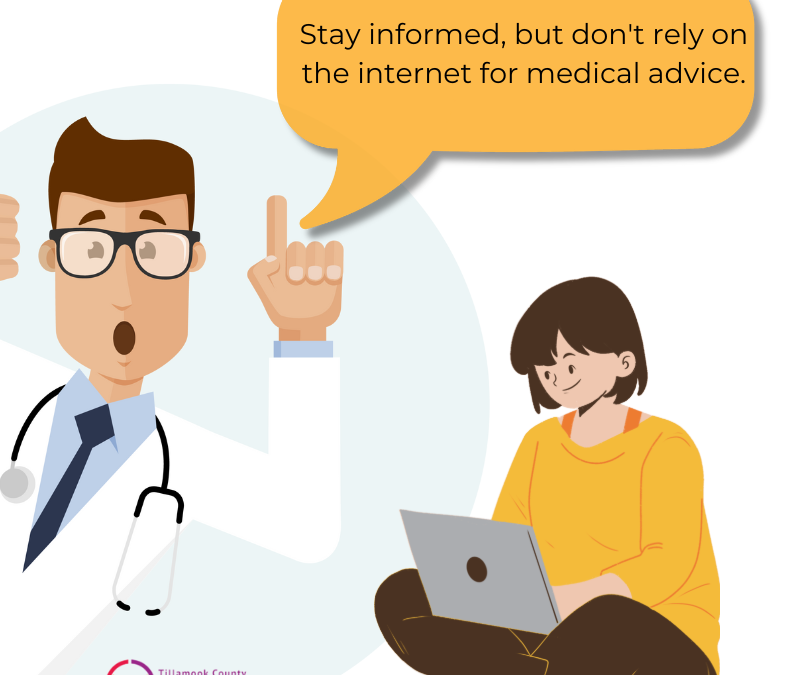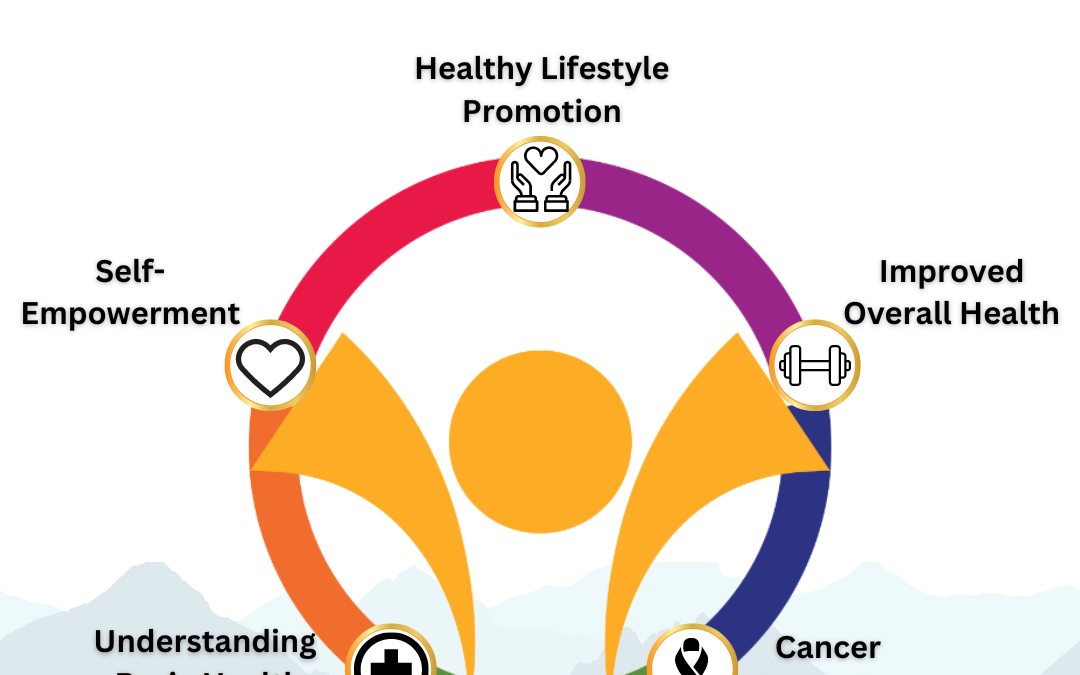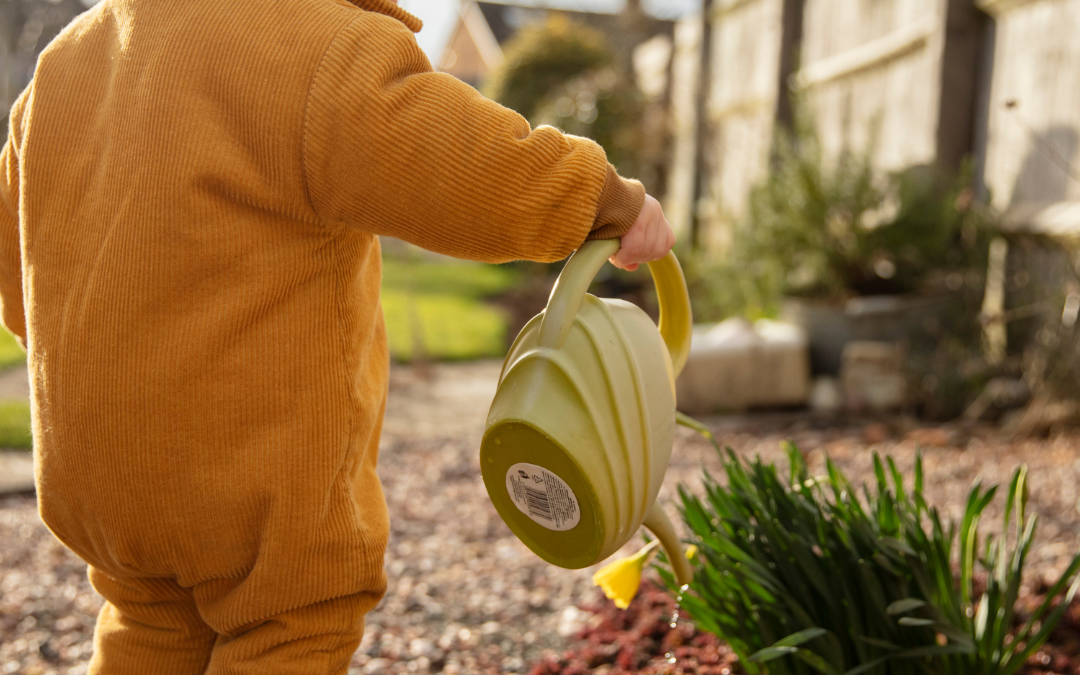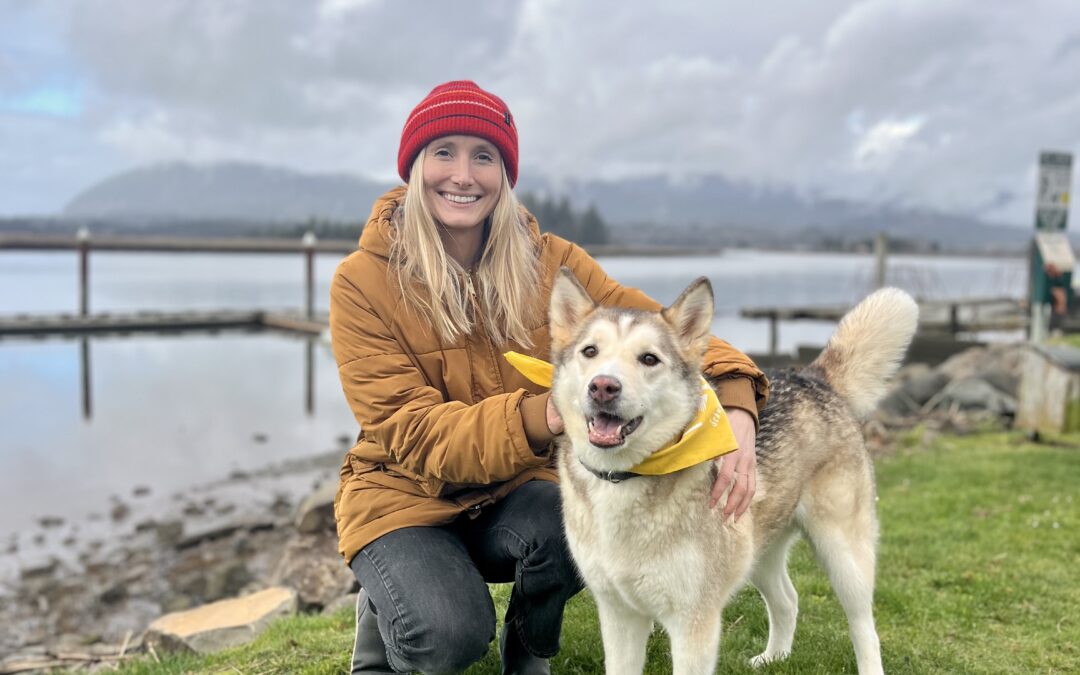
by Renee Aufdermauer | Sep 6, 2024 | Eat Well, Featured, Lunch & Snack Recipes, Recipes
Prep Time: 10 minutes
Ingredients
- 1 banana, cut in half crosswise and again lengthwise
- 1 cup Greek yogurt (plain or flavored)
- 1 cup whole-grain fortified cereal (check the Nutrition Facts label)
- 1 teaspoon honey (optional)
- 1/4 cup sliced strawberries (fresh or frozen)
- 1/4 cup canned pineapple pieces (fresh or canned in 100% juice and drained)
Directions
- Wash hands with soap and water.
- Place 2 pieces of banana next to each other in each of the 2 cereal bowls.
- Over the banana in each cereal bowl, spoon half the yogurt and sprinkle half the cereal. Drizzle with honey, if desired.
- Top with fruit and serve.
- Refrigerate leftovers within 2 hours.
Notes
- Try any fruit, such as blueberries and sliced peaches.
- Look at a cereal’s Nutrition Facts label to see if it is fortified with added nutrients such as B12.
- Use any type of yogurt. Look at the Nutrition Facts label for nutrients of concern such as protein, calcium, saturated fat and added sugars.
Photo & Recipe Source: https://www.foodhero.org/recipes/high-protein-banana-split

by Guest | May 17, 2024 | Being Well, Featured, Uncategorized
Fortunately, Buzzfeed has never claimed to be able to give you any medical diagnosis. But plenty of other sources on the internet walk the fine line between “this is not medical advice” and “this sure sounds a lot like medical advice”. There’s a quiz for everything, and a “cure” for everything. A problem you didn’t know you had, and the product that can solve it (for three easy payments of $19.95, plus shipping and handling!) Anything and everything to do with your health can be found with a few taps on your phone, so it’s important to recognize how media literacy ties in with health literacy.
Let’s take a step back. About 21% of US adults experience chronic pain, or pain that lasts for three or more months. Millions suffer from conditions that have no known treatment or cure. Our doctors don’t always have the answers we are looking for. After all, they can’t prescribe a treatment that doesn’t exist, or diagnose a condition that they don’t have the evidence for. And so, we strike out on our own determined to find a solution to the pain we carry every day. A solution beyond the scientific boundaries of conventional medical practice. Collectively, these solutions are referred to as alternative medicine.
Alternative medicine has real value to many individuals and cultures. That is not up for debate. For thousands of years, alternative medicine was the only medicine. However, there is potential for significant harm as these practices have expanded from healers utilizing medicinal herbs to Dr. Charlatan on the internet trying to sell you an at-home detox regimen that may very well do more harm than good. Many treatments or devices label themselves as alternative medicine when they are little more than a scam.
Here, health literacy and media literacy collide. Having the ability to recognize what information and products are legitimate and which are deceptive (not to mention potentially harmful and a waste of money) can make a significant difference in your health and quality of life. Let’s go over some questions to ask as you evaluate the validity of medical information online:
- Does it come from a reputable webpage, such as that of a university or hospital
system? Keep in mind that anyone can post deceiving information on social
media, or even on a website of their own. The website URL can give you some
clues. Websites ending in .edu=educational institutions, .gov=government agencies, .org =an organization (often non-profit), .com=commercial, and.net=network. Be particularly wary of .com and .net websites, as they could be hosted by anyone.
- Does it conflict with other reputable sources? If so, consider getting a second (or
third) opinion.
- Does the source profit off of your choice? Are they trying to sell you anything (a
device, a course, a supplement)? If they are promoting a supplement, is it their
own brand that they are trying to sell?
- Is it sensational? Black and white? Health information should be educational, not
headline-grabbing or clickbait.
- Do they have credible sources/citations?
- Is the person or organization making statements credentialed to do so? (Some
titles sound legitimate, but require no training or certification. For example,
anyone can claim to be a “nutritionist”, but “registered dietician” is a protected
title for trained professionals.)
To encourage a safe health practices, consider these tips:
- Avoid long gaps in medical care. Establish with a primary care provider (PCP)
and maintain regular visits. Let them know if anything changes with your health.
- Avoid self-diagnosing. Seek the most accurate diagnosis possible from a trained
physician.
- If you choose to take any supplements, ask your doctor if there is any risk that
they will interfere with your prescription medications. Remember that
supplements are not regulated by the Food and Drug Administration and
sometimes do not contain the product or dosage reflected on the label.
- Don’t change or stop any prescribed medications without consulting your doctor.
- Evaluate how much you are spending on alternative treatments, and whether you
are getting the positive outcomes you are looking for.
What medical treatments or information you choose to follow is ultimately your decision. If alternative medicine provides you with healing and comfort, that’s fantastic! But if you have any questions or concerns about your health, always go to a physician first. Keep up with Tillamook County Wellness’ health literacy campaign to continue learning about how you can play an active role in managing your health. And in the meantime, stick to the TikToks that teach you about gardening, not self-medicating. Be well, Tillamook!
written by Sarah Ermer, MPH, CHES, from Tillamook Family Counseling Center
Resources:
Rikard SM, Strahan AE, Schmit KM, Guy GP Jr.. Chronic Pain Among Adults — United States, 2019–2021. MMWR Morb Mortal Wkly Rep 2023;72:379–385. DOI: http://dx.doi.org/10.15585/mmwr.mm7215a1.
U.S. Department of Health and Human Services. (2024, February 13). Is this legit? accessing valid and reliable health information. National Institutes of Health.
https://nida.nih.gov/research-topics/parents-educators/lesson-plans/legit-accessing-valid-and-reliable-health-information

by Guest | May 2, 2024 | Being Well, Featured, Uncategorized
Navigating healthcare can be confusing, and knowing when and where to seek medical attention can feel like solving a complex puzzle. There are different types of medical care, including primary care, urgent care, emergency care, and online doctor visits, and each serves a specific purpose. Having a clear understanding of the differences between them is vital for maintaining your health effectively.
Primary care is your first point of contact for managing your overall health. Your primary care provider (PCP) can help with routine check-ups, preventive care, and treatment of common illnesses. Establishing a relationship with a PCP is important because they get to know your medical history and can provide personalized care and guidance. You should visit your PCP for regular screenings, vaccinations, management of chronic conditions (like diabetes or hypertension), non-emergency illnesses (like colds or infections), and general health concerns.
Urgent care centers are equipped to handle non-life-threatening medical issues that require prompt attention but are not severe enough for an emergency room visit. They offer extended hours and typically treat conditions like minor injuries, infections, and illnesses that need immediate care but are not critical. You should choose urgent care for conditions like sprains, minor burns, fever, vomiting, stitches, or other urgent but not life-threatening issues, especially when your PCP is not available.
Emergency rooms are designed to handle critical or life-threatening situations. If experiencing chest pain, difficulty breathing, sudden weakness or numbness, severe burns, or major trauma, head straight to the ER or call 9-1-1. Don’t hesitate. Use emergency care for serious injuries (broken bones, severe cuts), severe illnesses, heart attacks, strokes, or any condition that could be life-threatening.
Telemedicine or virtual visits with doctors provide a convenient way to consult healthcare professionals remotely. This option is suitable for non-emergency issues when an in-person visit is not necessary. You should consider online visits for minor illnesses (like sinus infections, rashes), medication refills, follow-up consultations, or initial assessments of symptoms.
Health literacy is a crucial skill that empowers individuals to take charge of their well-being and navigate the healthcare system effectively. Having a primary care provider is essential for several reasons, including continuity of care, preventive care, health advocacy, and chronic disease management. Your PCP manages your long-term health needs and coordinates care across specialists, ensuring holistic and personalized treatment.
When visiting a healthcare provider, whether it’s a PCP, urgent care, or online doctor, expect a comprehensive evaluation, a physical examination, diagnostic tests, and a treatment plan. Remember to communicate openly with your healthcare provider, ask questions, and voice any concerns you have about your health. Your active involvement in your healthcare journey can lead to better outcomes and improved overall well-being.
Understanding the nuances of when and where to seek medical care empowers individuals to make informed decisions about their health. By embracing health literacy and establishing a relationship with a primary care provider, individuals can navigate the complexities of healthcare with confidence, ensuring timely access to appropriate care when needed.
To learn more about Medical Services or to find a Primary Care Provider, please visit: https://adventisthealth.org/tillamook/doctors/
https://tillamookchc.org/medical-services/
https://www.nehalembayhealth.org/
Resources:
“Primary, Urgent, Emergency Care and Online Doctor Visits – What’s the Difference?” UnityPoint Health, www.unitypoint.org/news-and-articles/primary-urgent–emergency-care-whats-the-difference. Accessed 29 Apr. 2024.

by Guest | Mar 2, 2024 | Being Well, Featured, Move Well, Uncategorized
As spring approaches, a sense of excitement fills the air among local gardeners as they prepare to kickstart their seeds and condition their gardens for the upcoming abundance of fruit and vegetable starts. It’s also a great time to involve children in the excitement of planning and starting a gardening!
Being surrounded by the temptations of technology, encouraging kids to get outside and engage with nature can be a challenge. Gardening is a valuable tool to captivate their interest, offering a hands-on approach to exploring their outdoor world.
As kids dig into the soil, sow the seeds, and tend to the plants, they develop a sense of ownership and responsibility. The act of caring for the seeds instills the concept of delayed gratification, offering a reward that comes from consistently caring for something over time. In our fast-paced “microwave society,” it can be an advantage for our children to understand that things require time and patience to grow.
Let’s explore some entertaining and budget-friendly ways to introduce kids to the joy of gardening!
• Craft environmentally-friendly seed pots using recycled newspapers. This engaging activity not only prepares for planting but also serves as an excellent rainy day project.
• Utilize everyday items like recycled yogurt or cottage cheese containers, and even milk jugs that are cut in half. Remember to poke a few small holes in the bottom for proper drainage.
• Use eco-friendly items like eggshells, egg cartons, or orange peels as planting containers. These can be directly planted in the garden, where they will biodegrade.
• If space is limited, sow seeds directly into a large pot or bucket, creating a compact and manageable container garden. This is ideal for patios or areas with minimal space.
• Capture your child’s interest by aligning the garden with their passions. Consider a pizza garden with basil, oregano, tomatoes, and onions. Or create a fairy garden, allowing them to plant flowers or succulents and add them to the container with fun trinkets.
• Foster excitement by planting something that grows taller than your child. Dill, with its tall and frilly leaves, or classic sunflowers, make for excellent choices.
• Opt for fast-growing options like radishes, lettuce, and some bean varieties, providing a sense of accomplishment as your little ones get to harvest their crops in no time.
By adding in creative and budget-friendly ideas, you’re helping cultivate a love for gardening and sparking the imagination of the young green thumbs in your life!
For more information on starting and growing a garden, visit: https://foodhero.org/gardening
For more local health and wellness information, visit www.tillamookcountywellness.org or follow Tillamook County Wellness on Facebook and Instagram.

by Guest | Feb 20, 2024 | Being Well, Eat Well, Featured, Uncategorized, Why I'm In, Work Well
“WHY I’M IN …” An interview with Mari Tasche, Oregon Health & Science University
What drew you/your organization to partner with Tillamook County Wellness?
When first introduced to Tillamook County Wellness, I was inspired by the work of the committees and felt that TCW aligned with my passion for improving the wellness and quality of life of others, particularly those made vulnerable by current systems. I have always been actively involved in my community, whether coaching youth soccer or coordinating a community-wide couch to 5k running group. As an exercise physiologist looking to transition into public health and plant my roots on the north coast, TCW provided a great opportunity to understand the region’s needs and get involved in efforts to address community health.
What, if any, changes have you seen come about as a result of this work?
Improving the health and wellness of a county is challenging work and truly takes a village. TCW is a unifying force that brings people and organizations together to share knowledge, leverage resources, and provide support. This strengthens our connections, creates unity, and fosters collective progress for the betterment of our community. I have seen many organizations coordinate and collaborate on projects, programs, and initiatives they might not have otherwise pursued together. This coalition has also taken ownership of the community health needs assessment and improvement plan to address the region’s top health and social needs. Efforts include evaluating and refocusing the work of committees, pursuing or supporting grants, establishing or strengthening partnerships, and broadening community outreach and engagement.
What have you learned from being involved in this work?
I have learned that opportunities are endless if you make the effort to reach out. Many people want to see this county thrive and want to contribute their part to make that happen. It is inspiring and fuels my optimism for this work. I have also learned that this work is like climbing a mountain with no top. It’s endless, but if you enjoy what you are doing, it doesn’t feel like a daunting task- and don’t forget to celebrate the small steps!
What are your hopes for this work as it relates to you/your organization?
My role has continued to evolve since joining a few years ago, and I strive to find my niche and how to best contribute my time and resources to TCW. As I wrap up my master’s degree in public health this fall, I am looking to align my final projects with TCW initiatives and develop relevant content and materials to drive this work forward. As a regionally based employee with the Oregon Rural Practice-based Research Network at OHSU, I aim to pursue future opportunities for cross-over and collaboration.
What are your hopes for this work as it relates to changing community health in Tillamook County.
Changing community health takes a multifaceted and dynamic approach. I hope that TCW continues to address this challenge holistically by strengthening a diverse network with a unified message, comprehensive strategy, and county-wide framework that can meet the needs of every individual and help them live their best, healthy lives.
Is there anything else you’d like to share?
I appreciate being a part of this coalition and look forward to what we can accomplish in the coming years.
For more local health and wellness information, visit www.tillamookcountywellness.org or follow Tillamook County Wellness on Facebook and Instagram.





